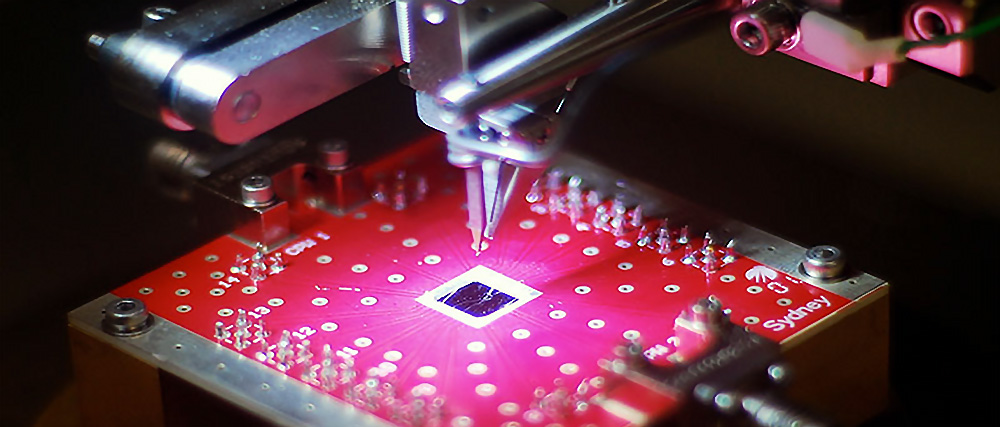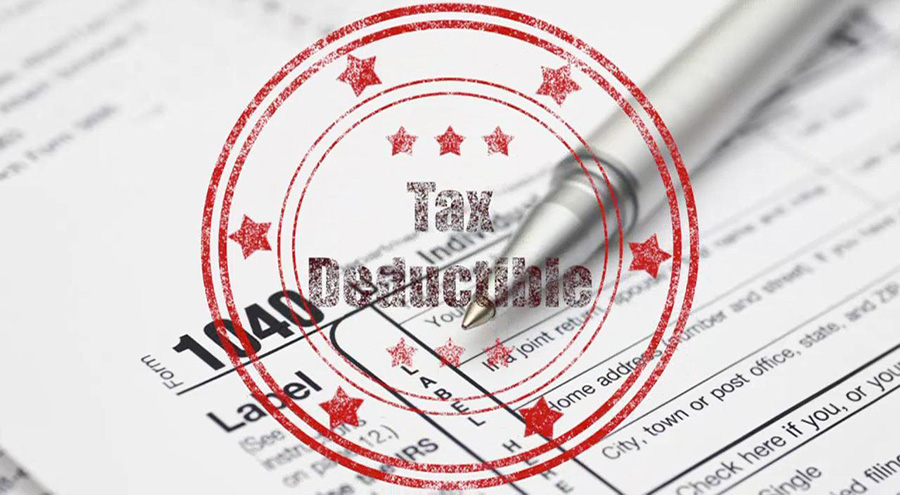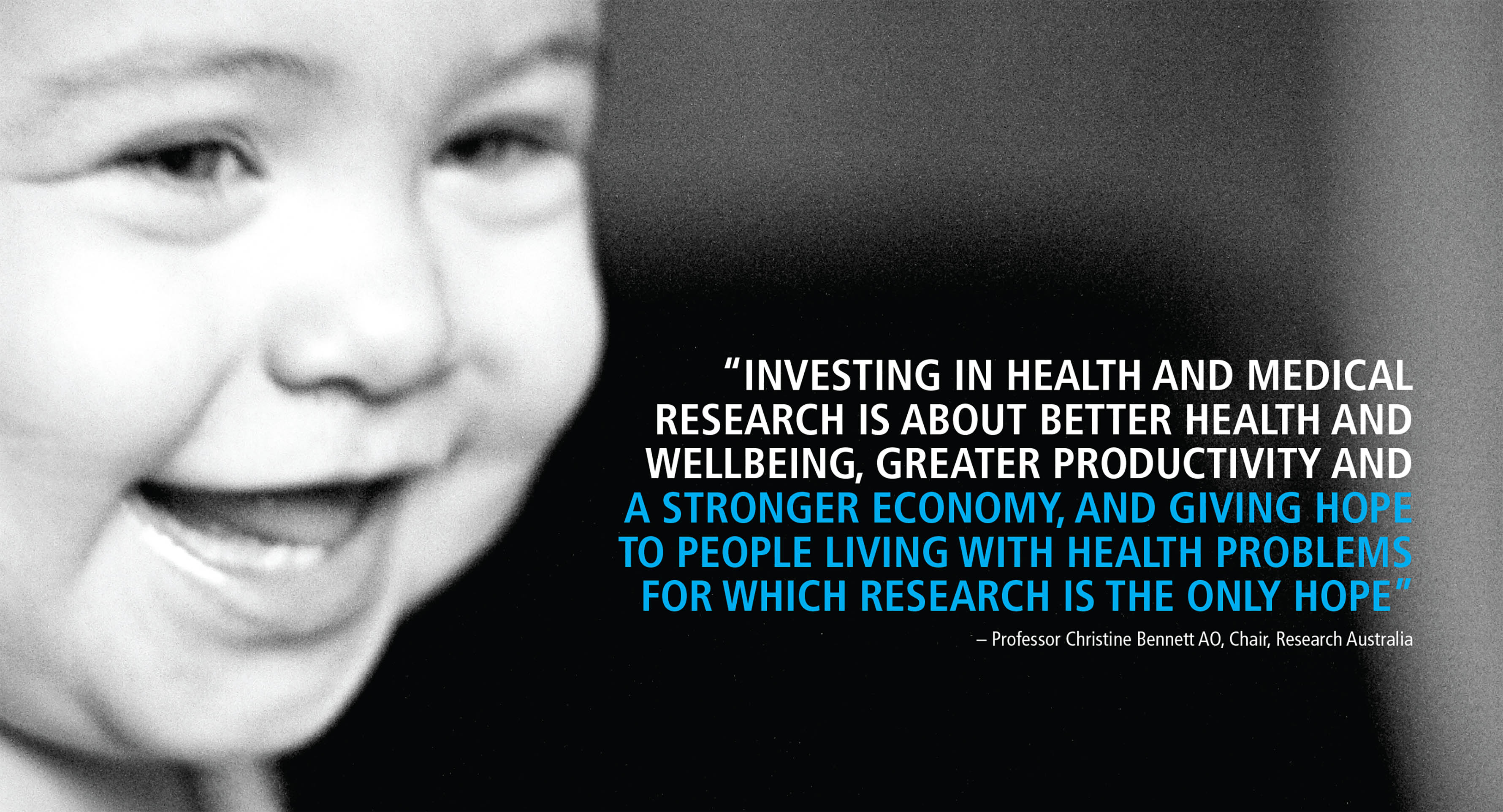 Media Release
Media Release
September 12, 2018
Australians continue to place improving hospitals and healthcare as the number one spending priority for the Australian Government ahead of infrastructure, education standards and employment opportunities.
We are pleased to see that more funding for health and medical research is the 6th most important of the 27 priorities presented in the poll. (It has been consistently in top 10 ever since we started polling in 2003.)
Interest among Australians in health and medical research is high with 89% saying they are interested in health and medical research. However, while confident in their ability to contribute to decision making about the future direction of HMR most Australians don’t know how, and many don’t believe they’d be heard. Our governments and research organisations clearly have more work to do to meaningfully engage with the broader community.
Continue reading “Australians embrace health and medical research in a changing landscape of healthcare”








